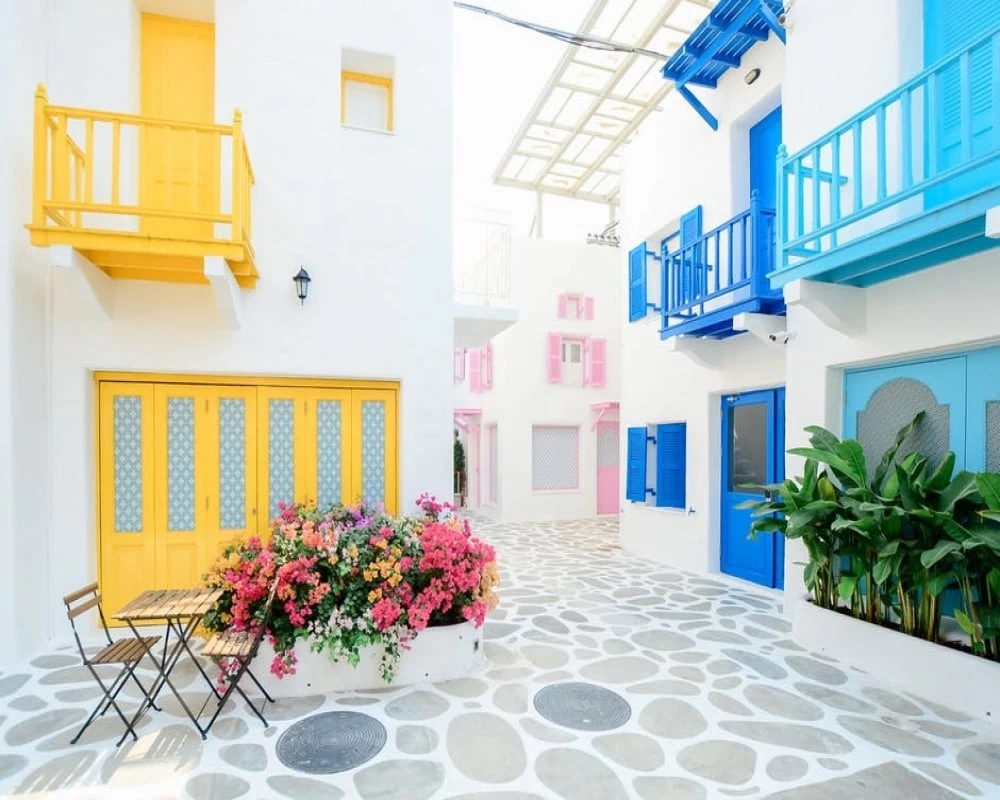Buying a Property Abroad Tips for Investors Entering the Foreign Property Market for the First Time

It's easy to see why many people dream of buying a property abroad. You can retire on a sea front property or a beach house on one of the popular European costs. Some people have a lifetime dream of living in an alluring resort villa abroad.
As a traveler, it's easy to fall in love with a particular place so much that you develop an ambition to buy a house or an apartment there. If your job requires travelling a lot and you have the means and the courage to buy a property in one of the cities you frequent, why not? This would be a home you can return to on your next business trip.
You can also make a living off renting out foreign property. If you have an investment unit in a tourist location, you'll be getting big returns. This becomes more profitable as currency exchange rates tip in your favor. Exploring foreign housing opportunities is good but here are some things to consider if you're going in for the first time.
Factors You Need To Consider When Buying a Property abroad
1. Purpose of Purchase and exit strategy.
Why are you buying property abroad? Whether you're buying to live in it, for future retirement, for a family member who might be living or working there, perhaps to rent out or to resell at a higher rate, going in with a clear purpose will give you direction and keep things in perspective.
Having an exit strategy is also important. If things don't go as planned, what are the prospects of selling? Knowing your exit strategy before you make a purchase is key. You need to check the attractiveness of the location and the expected demand for housing as well as any renting or selling restriction on foreign property.
2. Growth prospects of the location's economy
You'll want to purchase a house that is situated where there are flourishing businesses or there are forthcoming growth potentials.
3. Land Regulations.
Unlike the purchase of local property, buying a house abroad is not so simple. This is because the laws of foreign ownership differ from country to country. Foreign buyers tend to have more hoops to jump through the purchase of land and face a more complicated buying process.
4. Potential Property Performance.
Any person buying a property abroad expects to earn from their investment. Before signing any agreement, be sure to ask for evidence to substantiate the projected returns, either through supporting investment reports or external surveys from credible sources.
Tips for New Foreign Property Buyers
1. Thoroughly research the market.
Although global trends in property prices occur, real estate markets in different countries will likely go through separate cycles of rise and falls. If real estate values ??are increasing in London, that doesn’t mean that they are also increasing in Italy or Spain. For those who buy to invest, it is important to pay attention to these trends - the ideal is to buy near the bottom and sell close to the top of a cycle.
2. Use a real estate agent.
Buying directly from an owner can sometimes be a big deal. However, if you are not familiar with the foreign real estate market or struggle with the local language, buying through a real estate agent or a reputable real estate developer can provide a useful guide and help you avoid a number of pitfalls.
3. Have your documents translated.
Before signing any documents related to a potential purchase, make sure that you have translated them professionally. It is essential that you understand any document you will be signing.




